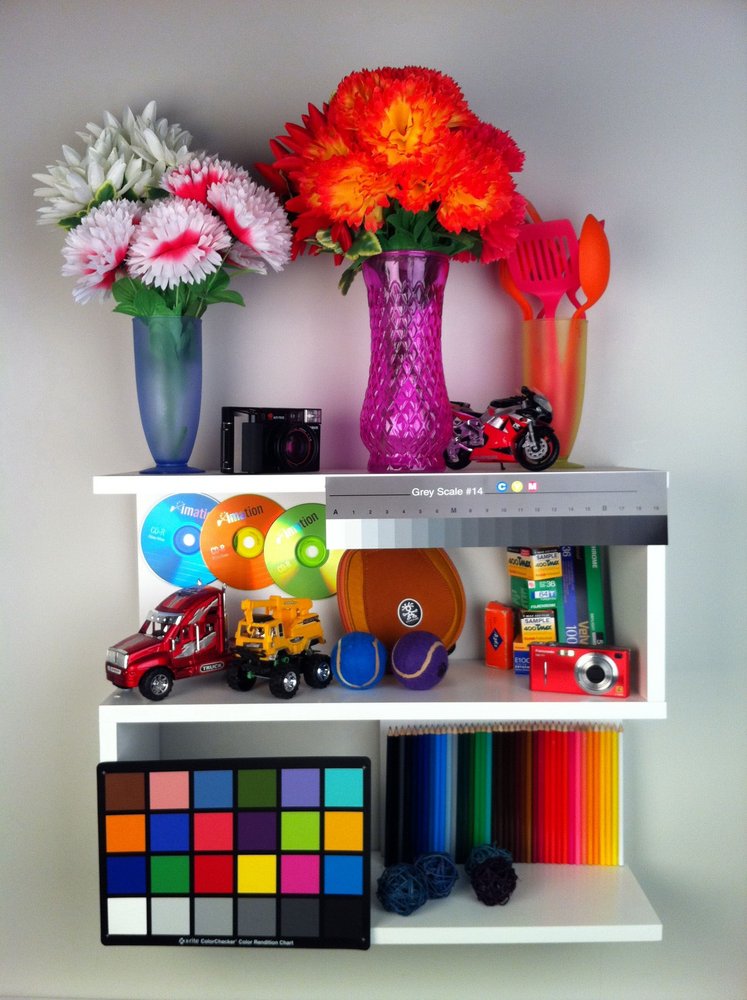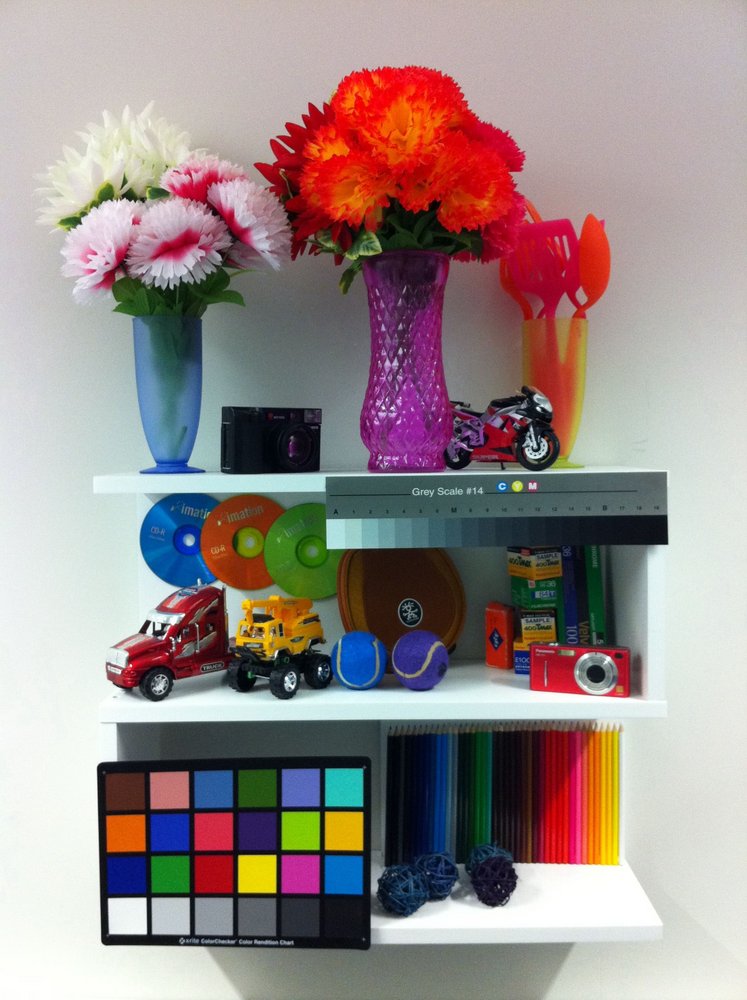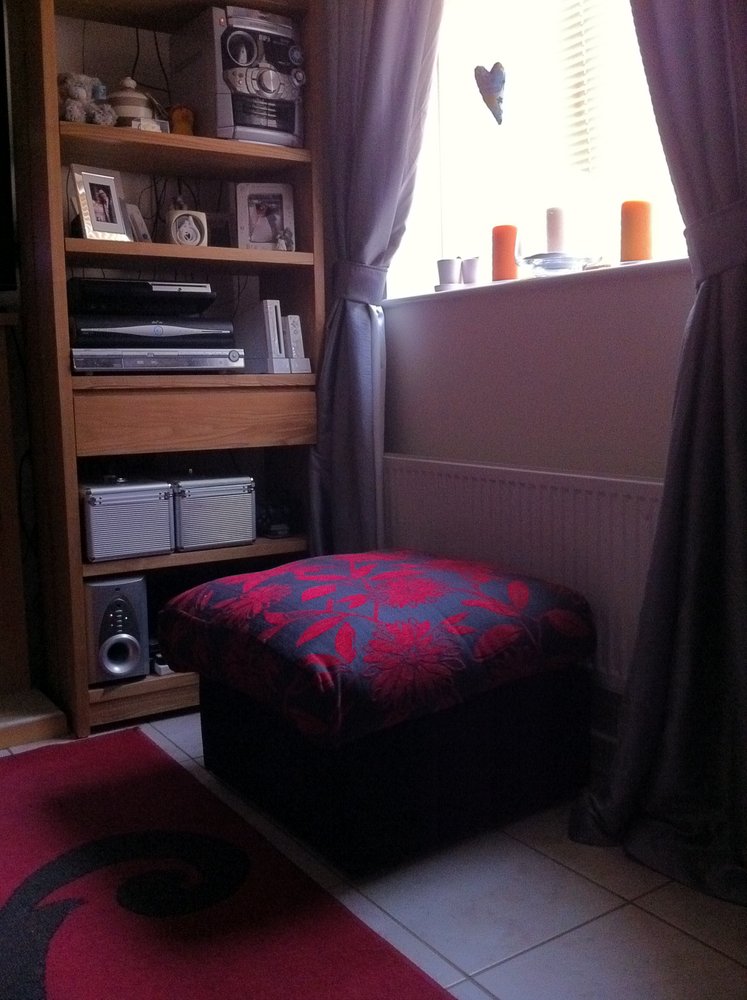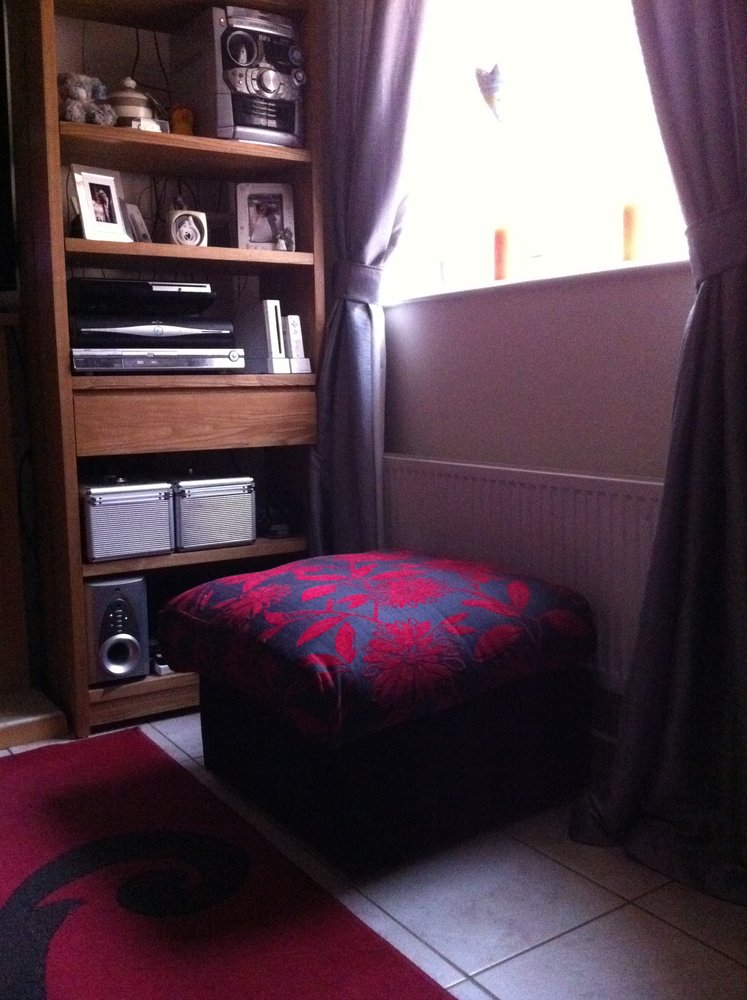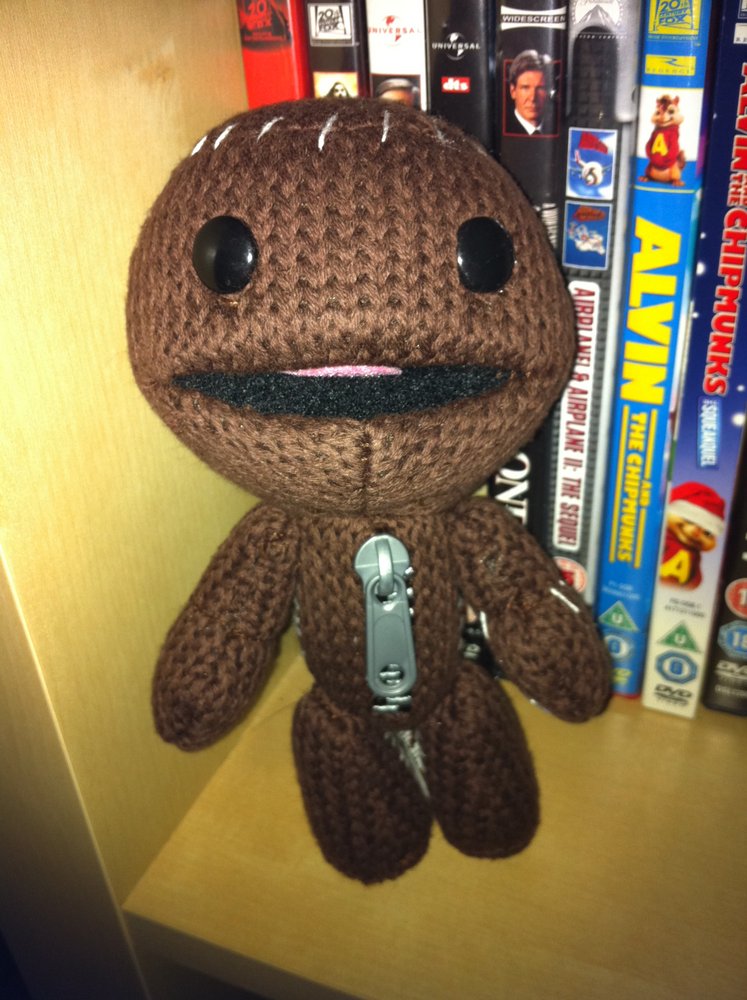Features
Handling
Performance
Verdict
Specification
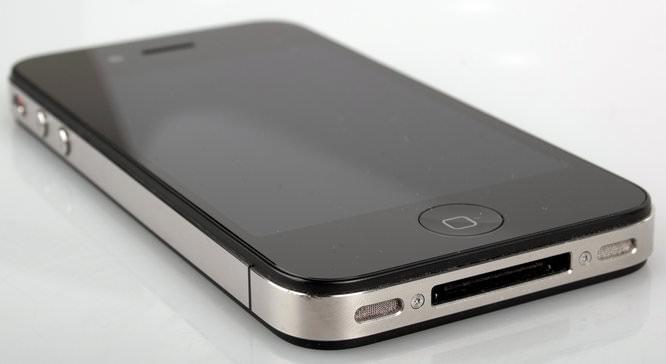
Apple announced the arrival of the eagerly anticipated iPhone 4 in June 2010 with an improved 5Mp camera sensor, an extra 2Mp offered by the iPhone 3. There are now phones available with sensors comparable with those on compact cameras but as there is now a large number of photography related apps now available for the iPhone there is a vast potential for creativity.
Apple iPhone 4 camera: Features
- 5Mp sensor
- 5x digital zoom
- Camera on front and back
- Video recording, HD (720p) up to 30 frames per second with audio
- VGA-quality photos (0.3Mp) and video at up to 30 frames per second with the front camera
- Tap to focus video or still images
- LED flash
- Photo and video geotagging
Apple iPhone 4 camera: Handling
At 9.3mm thin, the iPhone 4 is the world’s thinnest smartphone. The iPhone 4 is built with aluminosilicate glass and is 20 times stiffer and 30 times harder than plastic and the glass is extremely durable and scratch resistant. The iPhone 4 is also very light and fits snugly into your pocket.
The 960 x 640 LCD display has 326 pixels per inch, therefore text and images are extremely sharp and IPS technology provides excellent colour and contrast from almost any viewing angle. The LCD display also doubles up as a touch screen, with very few buttons on the phone itself. The touch screen is easy to use and responds extremely well.
There are very few options available within the camera app that comes pre installed on the iPhone 4. There are options to adjust the flash setting, turn HDR mode on/off, switch between the front and back cameras, switch to video mode and the shutter release button. There are other apps available which offer a self-timer, burst mode and other settings which are familiar on compact cameras.
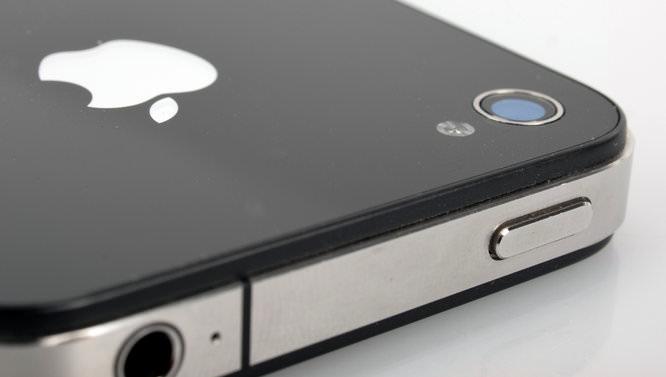
Apple iPhone 4
Apple iPhone 4 camera: Performance
Detail in the wide-angle shot below is good throughout, with colours being punchy and saturated. Although the images aren't going to be suitable for large prints they will be great if you like to print your photos at 7x5in or 6x4in for your photo albums and will make a decent A4 print in ideal shooting conditions. Images produced look great on social networking sites such as Facebook.
The iPhone 4 has digital rather than optical zoom. The telephoto image below has been shot using the full 5x digital zoom available. As the image was shot using a tripod the image is sharp with plenty of detail but it is difficult to take a sharp picture when taking a shot hand-held with the 5x digital zoom.
Apple iPhone 4 Lens test images
ISO and noise performance
It is impossible to set the ISO speed yourself on the iPhone 4. It is set automatically and is rumoured to be between ISO80 and ISO1000. Given that many compact cameras now have an ISO speed of at least ISO3200 then you'd expect it to be difficult to take sharp pictures in low-light, especially without the use of the flash. Using our studio test chart noise has been handled really well giving a good sharp image.
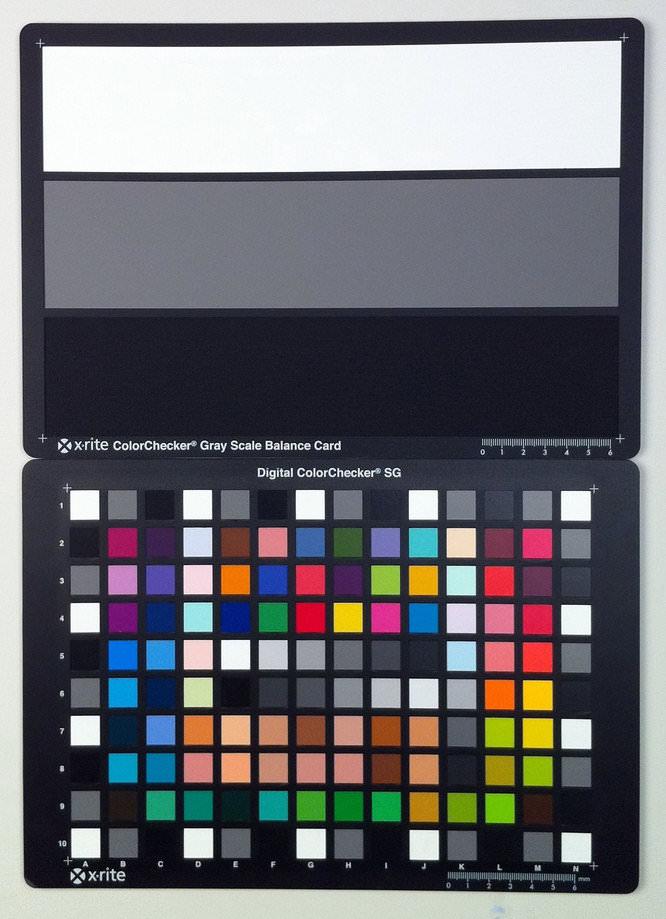
ISO Test Chart
White-balance
Similarly to the ISO setting, the white-balance cannot be adjusted by the user on the iPhone 4. Under both the tungsten and fluorescent lights in our studio the iPhone 4 does a really good job at adjusting for the light. The fluorescent lights give a very slight magenta cast but the AWB has performed better than I have seen from some compact cameras.
Apple iPhone 4 White-balance test images
Apple iPhone 4 camera: Sample images & video
Unlike most compact cameras, the iPhone doesn't have a set of scene modes available. There is a HDR mode which blends the best parts of three separate exposures into a single photo. In the example below there is clearly more detail retained in the window when using the HDR mode. The best results when using the flash are when shooting close-up items as when capturing an object in the distance, the resulting images look washed out.
Apple iPhone 4 Sample Photos
Apple iPhone 4 camera: Verdict
In ideal conditions, such as well lit scenes, the iPhone 4 camera performs well and the best results are achieved when using HDR mode. Due to the quality of the LCD screen images often look better on the iPhone itself than on the computer. The iPhone 4 camera should not be seen as an alternative option to a compact camera but if you are in the market for a phone with a decent camera then it's unlikely you'll be disappointed by what the iPhone 4 camera has to offer. If Apple can create a sensor with more megapixels and introduce the ability to change more settings then the future of iPhone photography looks interesting.
